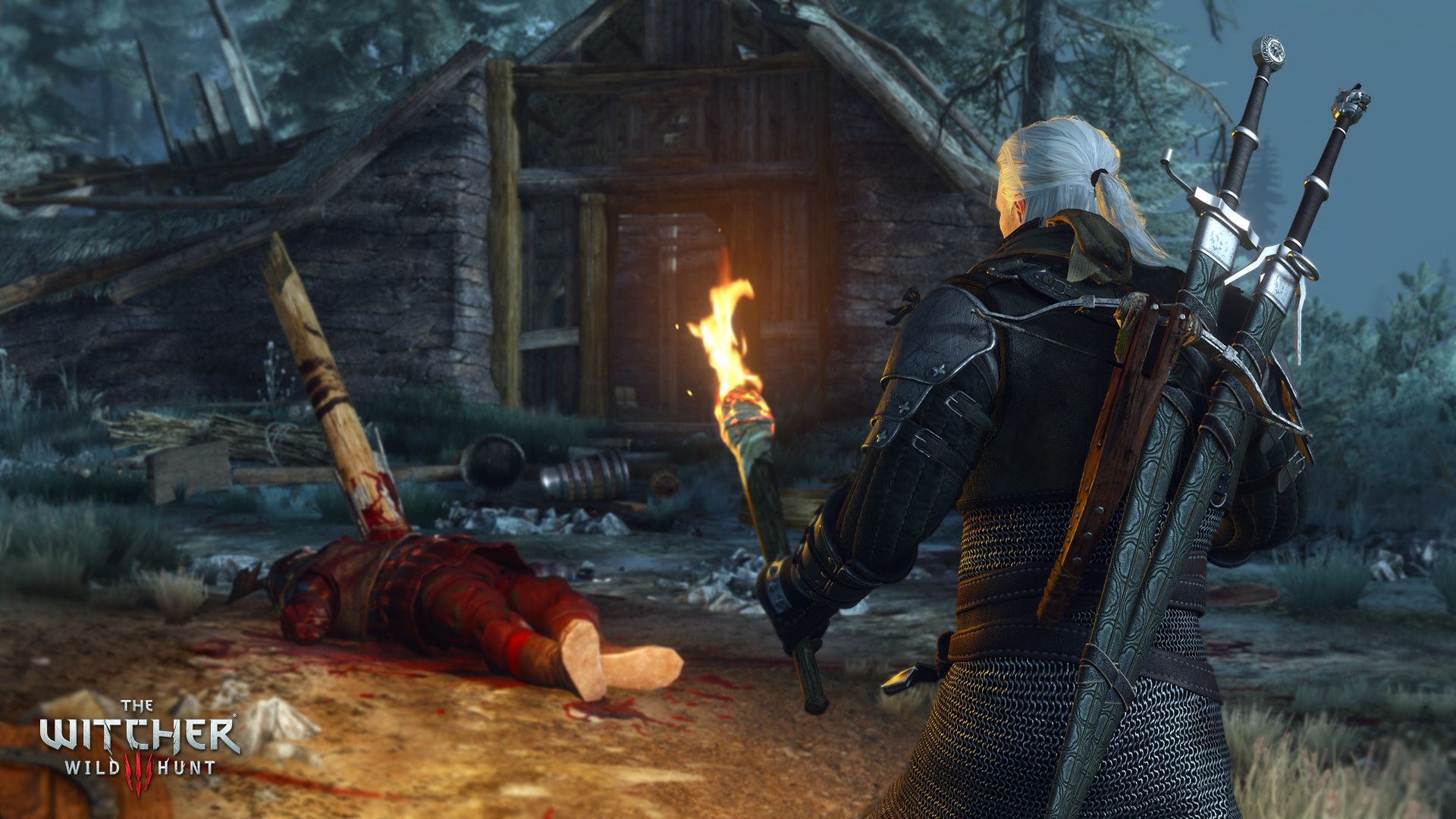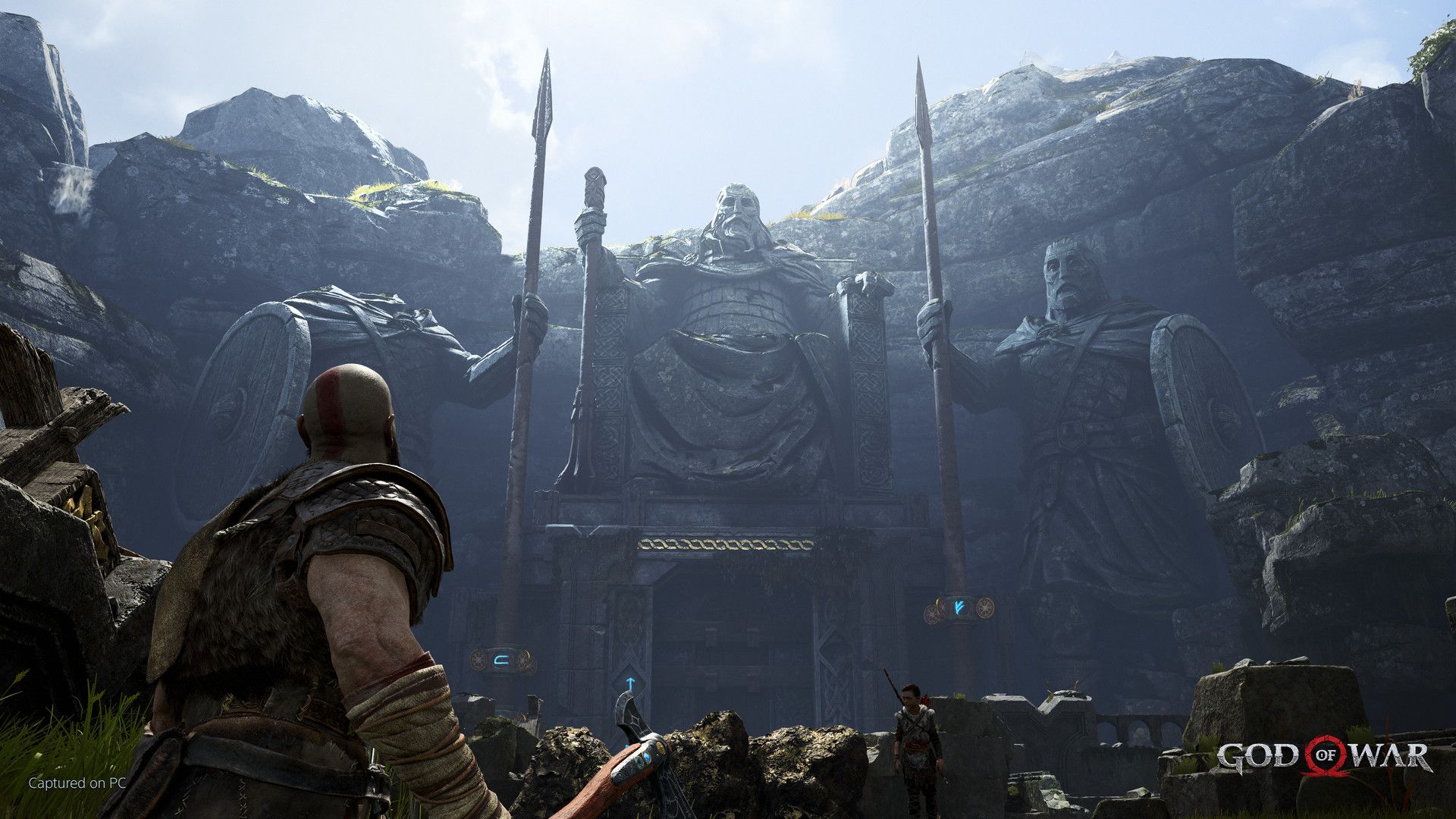Key Takeaways
- Big open-world games can often feel empty, with huge maps making it abundantly clear how little content is on offer.
- Pointless collectibles and rushed main stories in open-world games can undermine the exploration aspect.
- Linear and semi-open world games can provide focused storytelling without side distractions, and are great palette-cleansers between big open world experiences.
Open-world games are heaps of fun. Who doesn’t want to explore a huge map filled with activities, treasures, and easter eggs? However, with so many new releases boasting a big open world, the market is starting to feel saturated. Maybe it’s time for more traditional linear video games to make a comeback.
The Empty World Problem
There are many excellent open-world games that utilize the map to the fullest. Every corner in Elden Ring, Cyberpunk 2077, and Red Dead Redemption 2 holds something interesting that rewards exploration.
For instance, in RDR2, there’s a random empty cabin in the middle of nowhere. If you decide to enter, probably expecting nothing but some generic loot, a bear will suddenly leap at you and knock you to the ground, and this is perhaps the least interesting thing that you can find on the map.
For every such map that’s filled with hand-crafted gems, there’s a dozen generic open-world games that don’t do anything meaningful with their maps. . Rage 2 and Just Cause 4 have beautiful environments, but there’s almost nothing worth exploring in these games. Assassin’s Creed Odyssey has a gorgeous map of Greece, but every city starts to look the same after a while because of the reused assets.
Games that utilize procedural generation to create an infinite or near-infinite world deserve a special mention here. These games are inherently flawed because the map is limited by the algorithm and whatever preloaded assets the developers insert.
That’s why ten different planets sometimes feel identical in Starfield. You’ll come across similar-looking flora and fauna, Crimson Fleet outposts, mines, spacecraft, and occasional random encounters. This isn’t to say that procedurally generated games aren’t worth exploring; it’s just that the exploration element will get boring eventually. Since you can’t explore the entire map, there’s no sense of completion, either.
Pointless Collect-A-Thons
Can you think of a single open-world game that doesn’t feature collectibles that lead you to a wild goose chase? Me neither. These collectibles can become tedious side tasks that are so easy to ignore when exploring.
If the reward for collecting everything is substantial, you’ll likely refer to an online guide to find the randomly placed objects. I did that with the Stones of Barenziah in Skyrim. I collected 24 of these hard-to-find stones for a pointless reward, just so I could say I achieved 100% completion.
In my opinion, these collect-a-thons are added to pad out the game and offer more playtime for your money. Dying Light 2 faced scrutiny a couple of years ago when the developers claimed it’d take 500 hours to finish all content in the game. According to How Long to Beat, the main story only takes 24 hours, or 48 if you do the side quests, making it clear how much padding collectibles can actually add.
A Misplaced Sense of Narrative Urgency
Why is it that so many open-world games also happen to have a main story that constantly pushes you toward an urgent goal? Gerald has to find Ciri before the Wild Hunt in The Witcher 3, but he has time to take on contracts, get entangled in a love triangle, and play the card game Gwent for hours on end.
Alduin is about to end the world in Skyrim, but you can join half a dozen guilds before you take him on. I could list a million examples because time-sensitive main quests are present in every other open-world game.
This sense of urgency is in stark contrast with the core appeal of open-world games—exploration. It shatters the role-playing aspect of the game, as no main character would allow themselves to get sidetracked by trivial side quests in the face of an imminent crisis.
Break the Cycle With Linear Games
With the open-world genre being as popular as it is, it’s easy to forget that “traditional” games with more straightforward, linear gameplay still exist. Games like Devil May Cry, Evil West, The Last of Us, Plague Tale, and Hellblade are all great examples that keep you focused on the main story. There are no major side quests, collectibles, or even easter eggs that’ll sideline you from what matters, which allows for impactful storytelling.
These games are generally shorter than their open-world brethren, and that’s not a bad thing. It’s much easier to jump back into the story, especially if it’s organized in chapters. We do the same exact thing with books and TV shows. Rather than wandering through a barren open-world game for 50+ hours, you can just finish one of these games and move on to the next one. It’s time to clear out your Steam library.
Some linear games are designed with replayability in mind, so you can always squeeze more fun out of them. Devil May Cry is essentially designed to be highly replayable, as the game is crammed with unique characters, each of which has a few different weapons.
If you’re a fan of replayability, you should try rogue-like games, which have you play the same game over and over in new and exciting ways to advance the story. Hades is a great example.
Semi-open World Games Offer an Exciting Mix
By mixing linear storytelling with the appeal of an open world, something truly special is born. Semi-open world games that prioritize the main story allow for deep storytelling while still letting you satisfy the natural urge to explore. Note that “semi-open world” is more a spectrum rather than a strict genre, as many games can fall under that category.
For instance, Banishers: Ghosts of New Eden allows you to explore the map as much as you want, but outside the main and side quests (which are strongly tied to the main story), there’s simply not much to see. God of War is another similar example.
The 2018 soft reboot even had a couple of rogue-like maps, which the sequel expands into a full-blown DLC with God of War Ragnarök: Valhalla. Some other excellent games that fall into this semi-open world genre include Dishonored, Dark Souls, Sekiro: Shadows Die Twice, Metal Gear Solid, Tomb Raider, and Uncharted.
Open-World Games Can Be Great
You might think that I dislike open-world games, but that couldn’t be further from the truth. Open-world games are among my favorites, but only if they’re done right. So many developers use the open-world aspect as a crutch to sell their games, but if they want to make a perfect open-world, it has to be the center of attention.
Every nook and cranny of the map has to hold something special or at least mildly interesting that keeps the player entertained. It could be a beautiful vista, a weird rock formation, or a meaningful treasure that isn’t a part of a pointless collect-a-thon.
Making the map smaller certainly helps the developers with keeping things interesting. For example, The Crew Motorfest swapped out The Crew 2‘s massive map of the contiguous US with that of Hawaii islands of O’ahu and Maui, and the change drew praise.
The map doesn’t have to be the focal point for an open-world game to be good. If the gameplay, main story, and side missions are compelling, the map merely serves as the vessel for the more important elements.
Nonetheless, I believe that supplementing open-world games with the occasional linear title can enhance your overall gaming experience. If you’re experiencing the ol’ open-world burnout, it’s time to install a good linear game. A little variety can go a long way!








